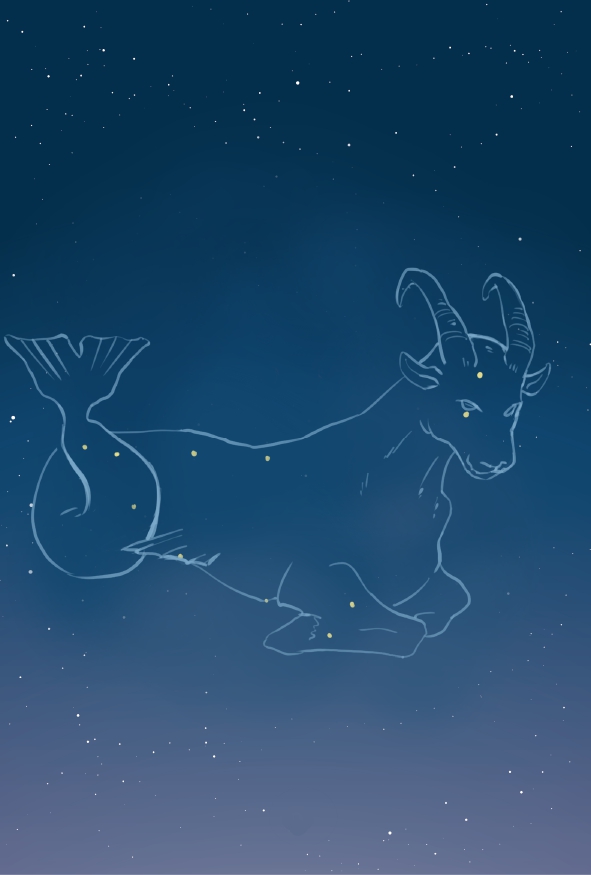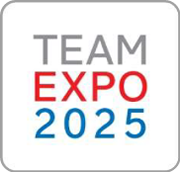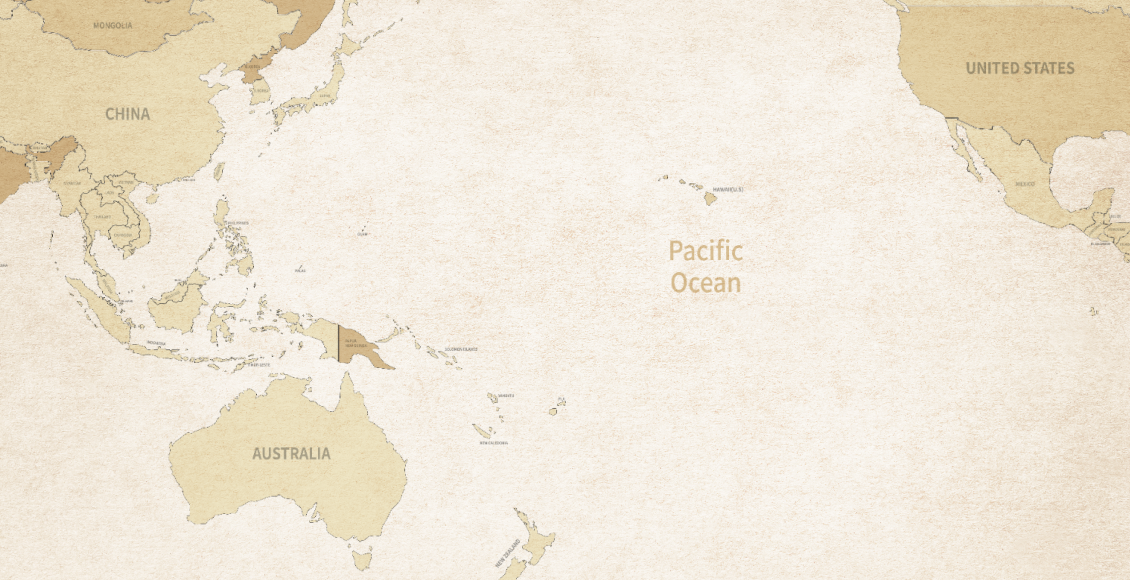
About Capricornus
- alphabetCapricornus/Goat
- Katakana, OnyomiCapricornus
Capricornus was established by Claudius Ptolemy. It has an area of 414 square degrees and contains 79 stars visible to the naked eye.
It is one of the 48 Claudius Ptolemy constellation and also one of the twelve ecliptic constellation.
In Mesopotamia, it was called Suhul-Mash. Suhul means a giant carp in Sumerian, and Mash means a male goat. The god Ea is depicted with the upper body of a goat and the lower body of a fish. In Babylonia, Ea was the father of the chief god Marduk and the god of water and wisdom. In Greece, he was passed down in the form of a goat-fish and called Aegokeros. Gradually, he came to be identified with the faun Pan in the form of a goat. Pan is said to be the son of Hermes or Zeus, with the upper body of a human and the lower body of a goat, and has goat horns.
Long ago, when the gods gathered in Egypt, the monster Typhon attacked them. The gods were frightened and transformed into various forms. Among them, Pan jumped into the river and escaped by becoming a goat above the water surface and a fish below the water surface. It is said that Zeus added him to constellation because his appearance was so comical.
[Source of the story]
Encyclopedia of the Cultural History of Stars, Hakusuisha Publishing (December 2019)
Encyclopedia of constellation, Kawade Shobo Shinsha (February 2011)
 Capricornus Story
Capricornus Story
Even the same constellation is viewed and has different anecdotes depending on the era.
We will introduce stories about Capricornus in each era and region.

















